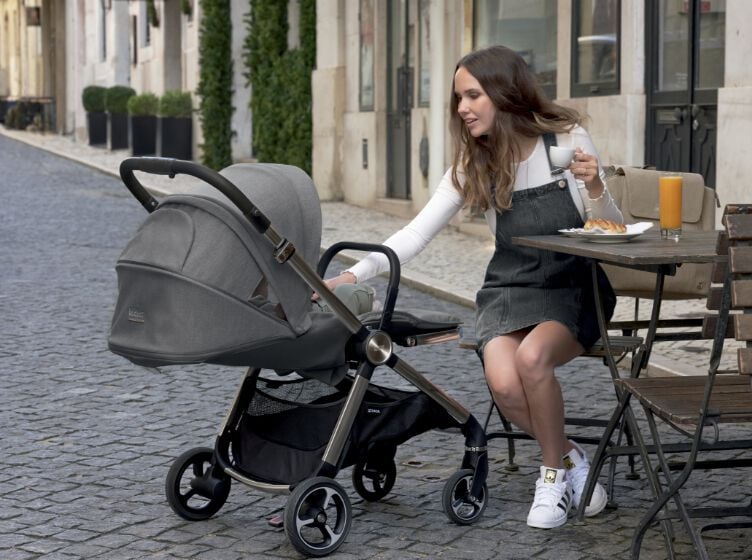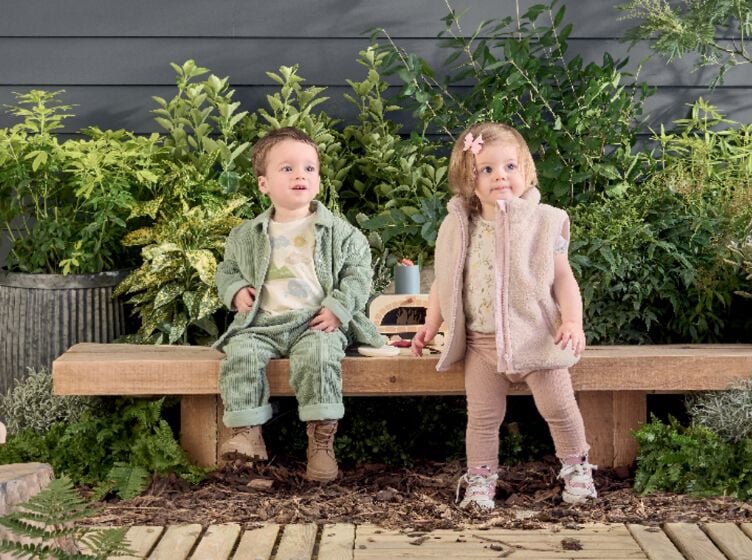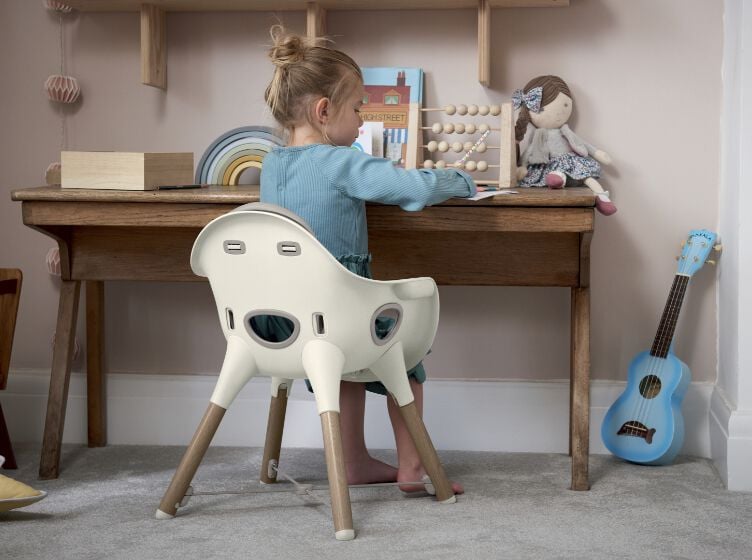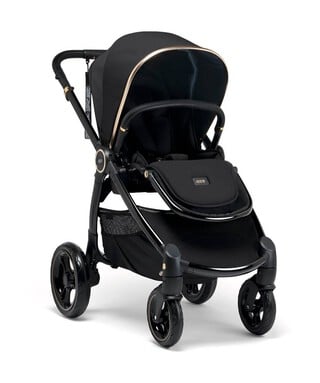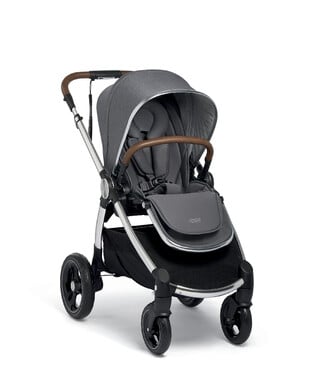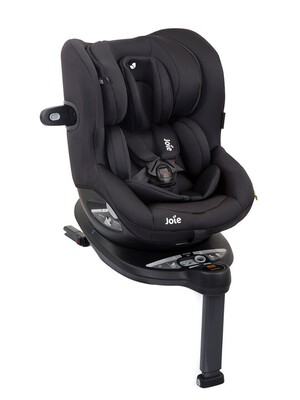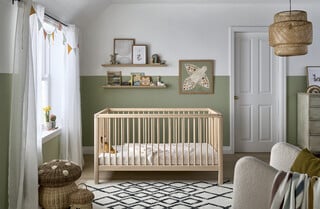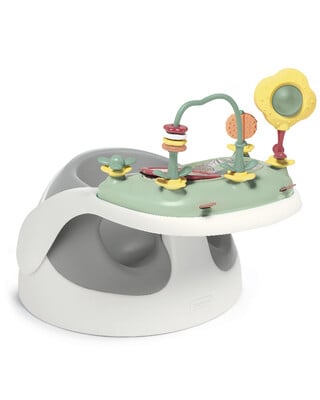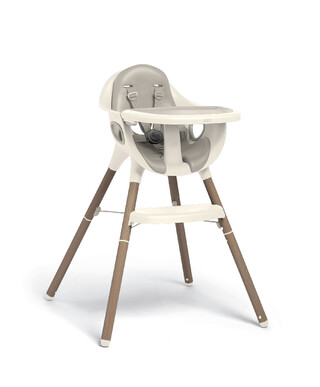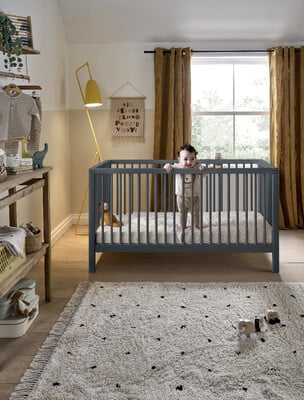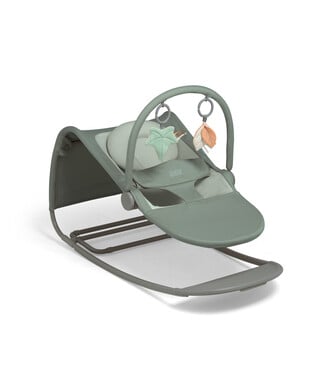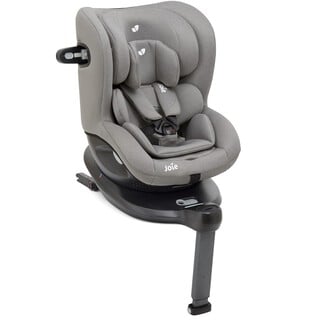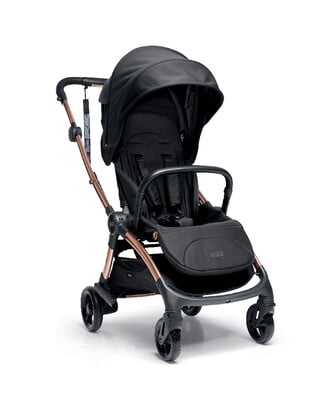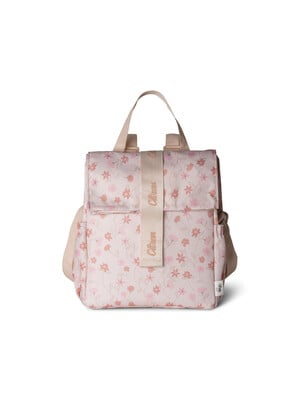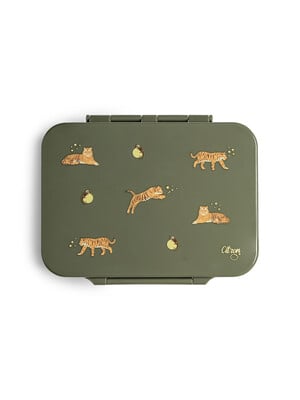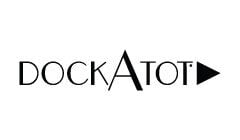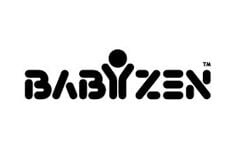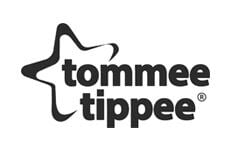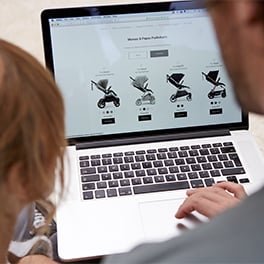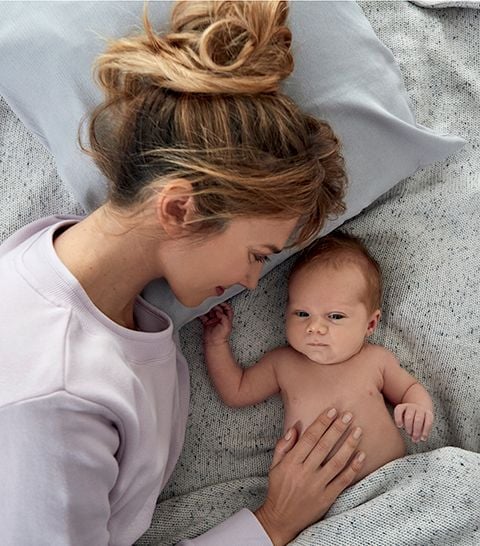homepage
Shop by Category
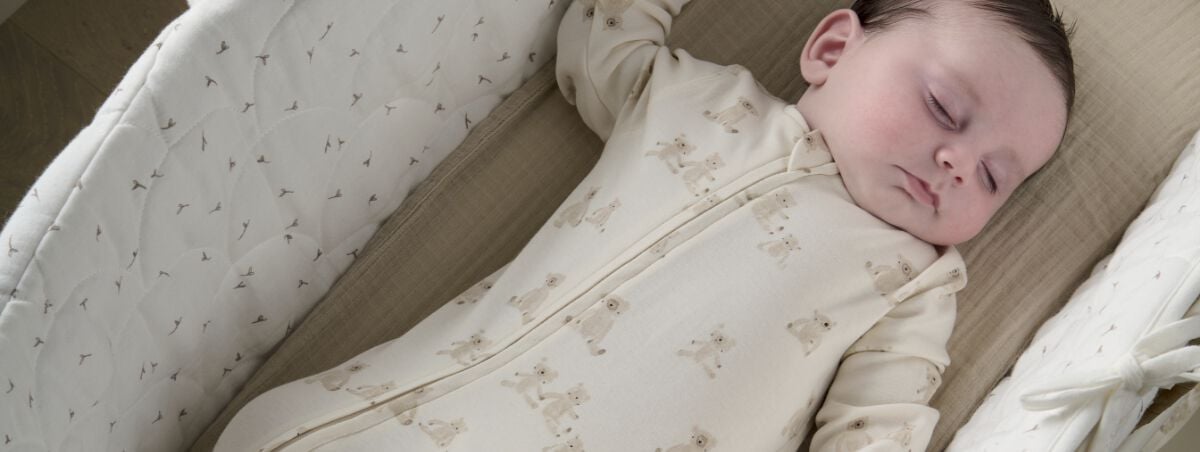
Save Big! Multipack Styles
Discover must-haves, for comfort and style, starting from AED 99.
PARENT FAVOURITES! UPTO 50% OFF
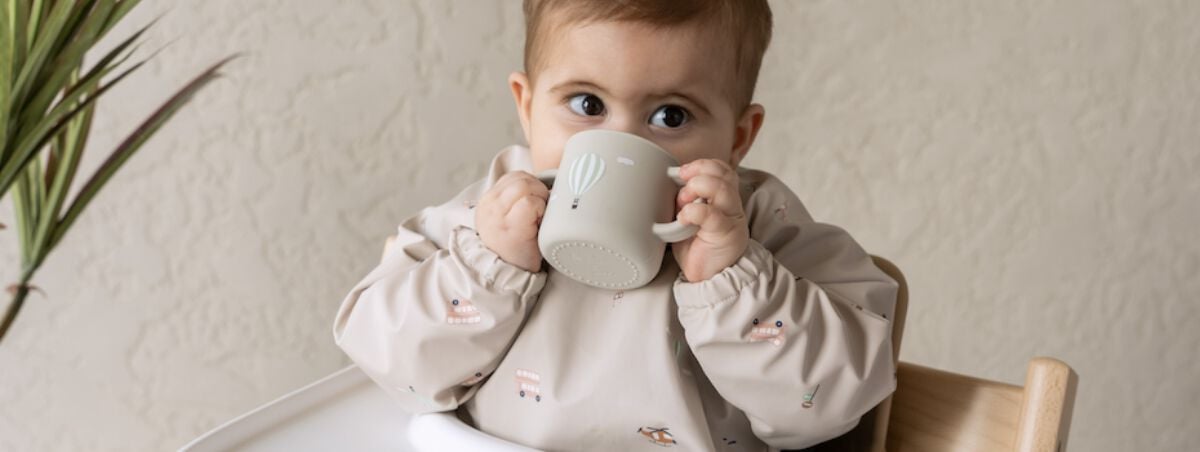
New Brand Collections!
Discover the latest lauches from parent-favourite brands, Citron & Bibs.
CONNECT WITH OUR TEAM OF EXPERTS
Choose a service that works best for you from our personal shopping experiences and more.
At Mamas & Papas we have over 40 years of experience providing expertise to new parents and their families. We sell everything from strollers to car seats, cribs to baby clothing and a wide range of nursery furniture. Here at Mamas & Papas, we believe that ‘no one gets parenting better’ and with a host of industry awards and thousands of happy parents to prove it, we’re solving the needs of new parents and babies with advice on everything from feeding and changing essentials to cot beds. Take a look at Mamas & Papas online and don't forget to visit our friendly team in one of our stores located throughout the GCC, where we will help you with your parenting journey.
Continue to the App

Download and use APP15 for 15% off




